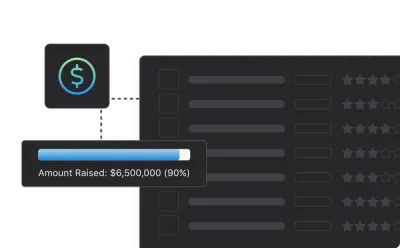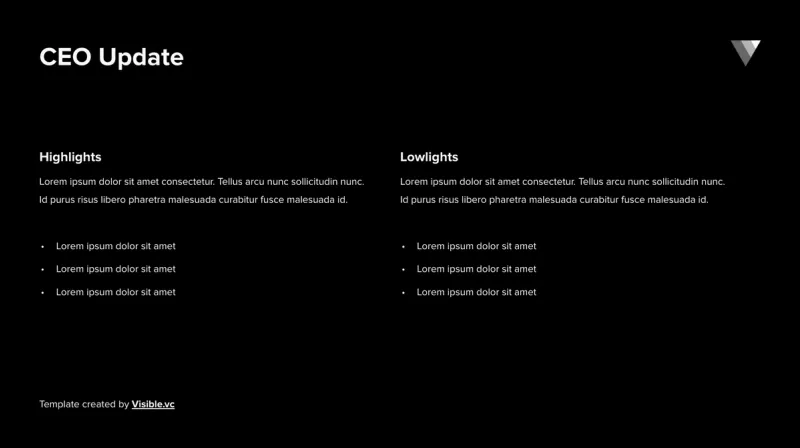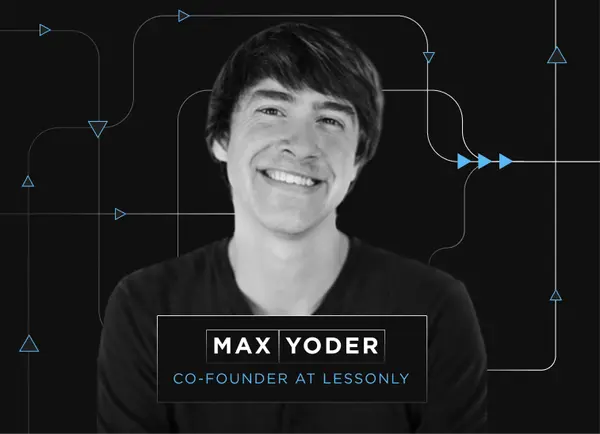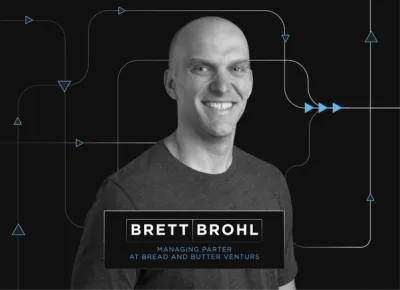
Crafting the Perfect SaaS Board Deck: Templates, Guidelines, and Best Practices

As Matt Blumberg, CEO of Bolster, put it, “Leading a world-class board is one of the single most important things startup CEOs can do to help their businesses thrive and become industry leaders.”
A crucial part of managing a board is the recurring board meeting. Many aspects impact a meeting but a well-crafted board deck can help strengthen a board meeting and empower the board and leadership team to make better decisions.
Related Resource: How to Create a Board Deck (with Template)

Learn more about crafting a SaaS board deck for your next board meeting below:
The Power of a Well-Crafted SaaS Board Deck
A well-crafted board deck can elevate a board meeting from good to great. A board is a valuable resource for founders and should be supported by founders as such. By properly preparing for a board meeting, founders and board members can leave the meeting with clear next steps, an understanding of impending challenges, and objectives for the board and team.
Key Components of a SaaS Board Deck
Every business and board is different. Different board members will likely want to see different discussion items and formats. Founders need to work with their board to find a format that works best for their team.
Related Resource: Tips for Creating an Investor Pitch Deck
However, there are some typical components that most founders and board members can expect to hit on in a SaaS board deck:
1. Executive Summary (CEO Update)
Most board members will want to see an executive summary or CEO update. This can be a simple breakdown of highlights, lowlights, areas of focus, and any major news on your mind. This sets the tone for the meeting. When sharing lowlights, we recommend tying them into later discussions and working sessions.

Pro tip: Take a look back at your investor updates from the month or quarter to help take a look back on the period.
Related Resource: How to Get the Most Out of Your Next Board Meeting
2. Department Updates
Next, we recommend spending a few minutes on department updates. This can be any major changes to hiring and headcount, open job positions you are actively looking to fill, and any highlights or changes related to company culture.
3. Product Roadmap
Developing products is crucial for SaaS companies. Most board members will want insight into your product roadmap and how you are approaching monetization. This can include a recent product that was released with early usage data and a vision of where your product is headed over the next quarter.
Board members might not be pros in your product/market so keep things high level and don’t spend too much time getting into the weeds — unless you have board members that will be able to offer insight into the market or product.
4. KPIs and Metrics Overview
Board members will also want a look into KPIs and metrics. These should be metrics that stay consistent from meeting to meeting and are something that board members are familiar with. Similar to sharing a product roadmap, you’ll want to ensure you are not sharing too granular of data that can lead to confusion and loss of focus on the main objectives of the meeting.
Pro tip: If you are regularly tracking your key metrics with a dashboarding tool it should be easy to pull data and metrics to prepare your board deck.
5. Financials and Projections
The financial health of your business is crucial to board members. They will want a thorough understanding of your cash position and the financial health of your business. If you are consistently sharing updates with your investors and board members, there should be no surprises here.
Board members will also want to look into your projections and understand how you are thinking about growth.

6. Working Sessions
Lastly, board members can offer strategic help and advice when it comes to different aspects of your business. You can leverage working sessions to tap into their experience, network, and knowledge to help address potential challenges and risks that your business faces.
Best Practices for Crafting a SaaS Board Deck
Founders are busy. On top of the day-to-day duties of building a business, building a board deck can fall by the wayside. However, there are a few tips that founders can use to concisely craft a board deck. Check out a few best practices and tips below:
Keep It Concise Yet Comprehensive
As we alluded to above, you will want to find the balance of giving enough detail while keeping things clear and concise. Board members typically spend time with other companies and their careers so they will not understand your business at the same level that you do. However, you want to strap them with the information and data they need to help them succeed as a board member.
Incorporate Data Visualization Wherever Possible
Board meetings are full of a lot of information and data. Making the data and information as digestible and clear as possible to crucial to a strong meeting. We recommend leveraging data visualizations when possible. However, some visualizations can be confusing and lead to further questions. Keep your visualizations clear and simple.
Storytelling Is Key
Finding a flow and rhythm to your board meeting can be done with strong storytelling. Strong storytellers can tie in their data, challenges, customer stories, etc. to help board members stay engaged and get a good understand of the state of your business.
Design and Aesthetics
While the content of the board deck is what matters most a well-designed board deck certainly does not hurt. Finding the balance between a well-designed board deck and time is tricky. You will want to present your board deck in a polished and professional manner but do not want to take time away from critical business operations. At the end of the day, you want to make sure that your board deck portrays crucial information in an easy-to-interpret way.
Start Your Funding Journey with Visible

Running a successful board meeting can be a high-leverage activity for your startup. The easiest thing you can do is come prepared and ready to have a strategic conversation with the people who matter most to your business.
Let us help prepare for your next board meeting or fundraising event. Raise capital, update investors, and engage your team from a single platform. Try Visible free for 14 days.



